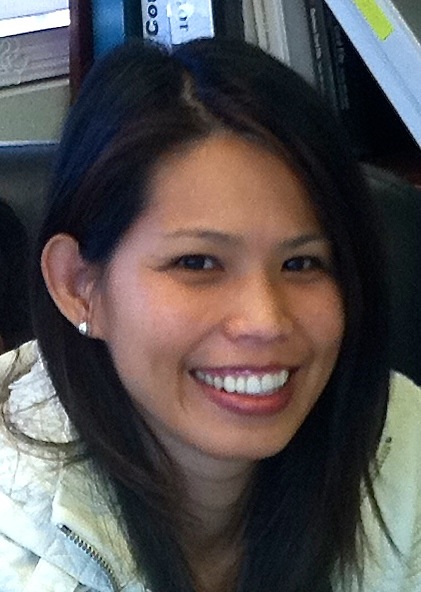
In 2018, the Japanese Friendship Garden Society of San Diego (JFG) decided to embark on museum accreditation, taking the key step of participating in the Core Documents Verification program. The Japanese Friendship Garden is an institution with a rich history and a collection consisting of art and artifacts, living plants and animals, and a meticulously maintained traditional Japanese garden, among other objects.
As we continue to grow, one of JFG’s major goals is to maintain a fiscally sustainable organization with strong practices that adhere to the highest ethical standards of an accredited museum. We have moved toward this goal by participating in assessments on the Continuum of Excellence, including the Museum Assessment Program (MAP) focusing on Collections Stewardship, the Collections Assessment for Preservation Program (CAP), and the MAP Organizational Assessment to help us validate and review our existing policies and procedures.
JFG participated in Core Documents Verification to prepare for accreditation and ensure appropriate policies are in place when making decisions. We formed a committee consisting of board members and management staff to initiate the process. The executive director, operation assistant facility manager, and collection staff were all heavily involved in reviewing and examining the key policies. The committee acquired examples of policies from other museums to identify best practices in the field.
The verification process, while meticulous and requiring a substantial time commitment, was insightful and educational. Danyelle Rickard, our MAP Program Officer, was very helpful in identifying potential issues that may arise relating to our current policies. It also came to our attention that there were several inconsistencies in our policies and procedures that did not meet museum standards and best practices, and that our institutional plan was missing certain elements which required careful planning with various stakeholders.
After a thorough process of evaluation and revision, all core documents were formally approved by the governing authority. JFG has passed Core Documents Verification and received our official award letter and certificate valid for five years.
Having gone through the Core Documents Verification program, here are the keys to making it a smooth process:
- Get acquainted with the verification process. Before you begin, carefully review the requirements and inform key stakeholders that you are submitting the application. Make sure your institution has taken the Pledge of Excellence, which is a required prerequisite. It is also helpful to gather all the core documents so they are readily available for review when the time comes.
- Keep the momentum going and divide responsibilities. It is important to continue to engage staff, volunteers, and board members—especially people who will be directly involved in the process. Getting key people involved from the beginning and assigning tasks to each department will help complete the process on time. It is crucial to proactively include a board member to simplify the process when seeking the board’s approval. In National Standards and Best Practices for U.S. Museums, Elizabeth Merritt emphasizes the importance of engaging the governing authority, staff, and volunteers. Their involvement will inspire the development of sound policies as well as provide deeper understanding of the policies and ethical behavior.[1]
- Be resourceful and connect with other museums to obtain examples of policies. Oftentimes, we are uncertain about what to include in our policies and procedures. Ideas and insights can come from discussions with other professionals in the museum field. Seek advice from a diverse group of people to gain outside perspectives and help identify potential issues from various constituencies. The National Standards and Best Practices for U.S. Museums book is a valuable resource. We used the book as a guide as we examined and applied changes to our policies. Our membership with AAM also allowed us to access AAM’s resources, including examples of policies from other museums.
- Adopt appropriate standards specifically to your museum. As you review and compare your core documents with other museums, it is important to keep in mind the evolving nature of museum standards. Although the use of copy and paste makes life easier, this may create confusion and inaccuracy when writing your policy. Review the policies you chose to implement to make sure they are tailored to the needs of your organization.
- Lastly, communicate the importance of accreditation. The rigorous process of accreditation may be discouraging to others. Make sure to communicate why accreditation is valuable and how it will benefit your institution. At JFG, I kept the board up to speed and provided presentations at the staff and volunteer meetings. We even informed our members and included an article in our newsletter.
[1]. Elizabeth Merritt, National Standards & Best Practices (Washington DC: American Association of Museums, 2008), 30.








